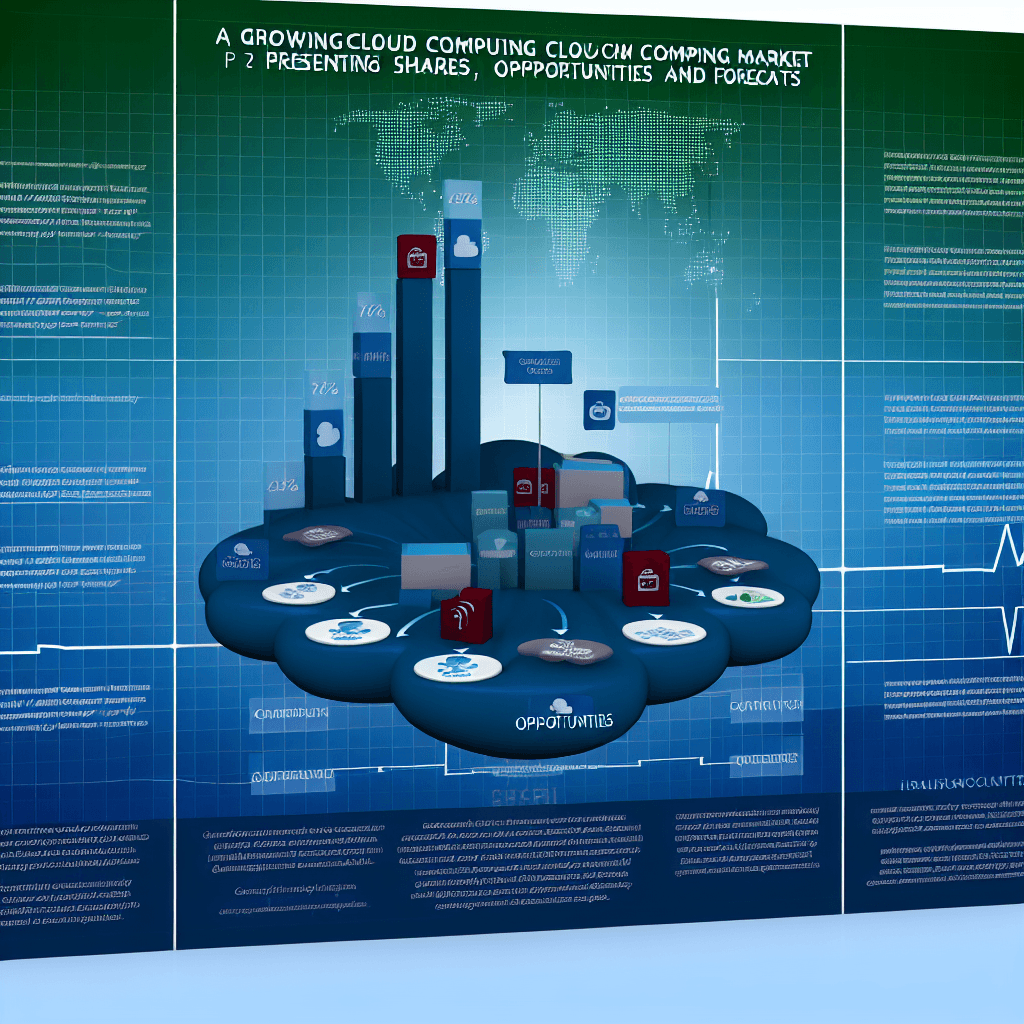Explore the healthcare cloud computing market size, share, opportunities, and forecasts. Unlock potential growth in digital health solutions.
Healthcare Cloud Computing Market Size, Share, Opportunities & Forecast

Table of Contents
Healthcare Cloud Computing Market Size, Share, Opportunities & Forecast

The healthcare industry is undergoing a significant transformation, driven by the rapid adoption of cloud computing technologies. This shift is not only enhancing the efficiency of healthcare services but also expanding their reach. In this article, we will explore the current market size, share, opportunities, and future forecasts of the healthcare cloud computing sector. We will delve into how this technology is revolutionizing healthcare, with a focus on specific case studies and statistical data to provide a comprehensive overview.
Understanding Healthcare Cloud Computing
Healthcare cloud computing involves the delivery of different services such as storage, servers, databases, networking, and software among others, through the internet. This technology offers numerous advantages including scalability, cost-efficiency, mobility, and more robust data management capabilities. In the context of healthcare, it facilitates the seamless exchange and storage of large volumes of data, including medical records, treatment plans, and billing information, in a secure environment.
Current Market Overview
The global healthcare cloud computing market has witnessed substantial growth over the past few years. According to a report by Grand View Research, the market size was valued at USD 28.1 billion in 2020 and is expected to grow at a compound annual growth rate (CAGR) of 17.8% from 2021 to 2028. This growth is attributed to several factors including the increasing demand for personalized medicine, the push towards healthcare system interoperability, and the growing use of big data in healthcare.
Key Drivers of Growth
- Regulatory Compliance: With regulations such as HIPAA in the United States, there is a significant push for healthcare organizations to adopt secure and compliant data management systems. Cloud computing offers solutions that meet these requirements.
- Technological Advancements: Innovations in IoT, big data analytics, and machine learning are enhancing the capabilities of cloud computing, making it more attractive for healthcare applications.
- Cost Efficiency: Cloud solutions reduce the need for on-premises infrastructure, thereby cutting down capital expenditure and operational costs.
- Increased Data Generation: The surge in data from digital health records, wearable technology, and telemedicine requires robust data management solutions that cloud computing provides.
Market Segmentation
The healthcare cloud computing market can be segmented by service model, deployment model, and end-use. Service models include Infrastructure as a Service (IaaS), Platform as a Service (PaaS), and Software as a Service (SaaS). Deployment models are categorized into private, public, and hybrid clouds. End-use segments include hospitals, clinics, and others. Each segment offers unique opportunities and challenges, influenced by specific industry needs and regulatory environments.
Geographical Insights
North America currently leads the global market due to the advanced healthcare infrastructure, high adoption of new technologies, and stringent regulatory standards. However, Asia-Pacific is expected to witness the highest growth rate due to increasing healthcare expenditure and the rising adoption of digital health technologies in the region.
Case Studies
One notable example of healthcare cloud computing is the collaboration between Cleveland Clinic and IBM. They launched a ten-year partnership to use Watson Health Cloud to advance clinical decision support tools, including AI applications in medicine. This initiative aims to enhance patient outcomes by integrating cognitive computing with genomic data and health records.
Another example is the use of Google Cloud by Mayo Clinic to improve patient outcomes and reduce costs through advanced cloud computing tools. This partnership focuses on applying AI and machine learning to complex health data to revolutionize patient care.
Challenges and Risks
Despite its benefits, healthcare cloud computing faces several challenges. These include concerns over data security and privacy, potential data breaches, and the need for continuous internet connectivity. Additionally, there are challenges related to the migration of existing systems to the cloud and the need for staff training.
Future Outlook and Forecast
The future of healthcare cloud computing looks promising with the ongoing advancements in technology and increasing global investment in healthcare IT. The market is expected to continue its growth trajectory, driven by the increasing need for cost-effective healthcare solutions and improved patient care systems.
Conclusion
The healthcare cloud computing market is poised for significant growth, offering substantial opportunities for healthcare providers to improve service delivery and operational efficiency. With the continuous evolution of technology and increasing emphasis on data security, the sector is expected to overcome its current challenges. As healthcare providers worldwide continue to embrace cloud technologies, the impact on global healthcare systems will likely be profound and enduring.








